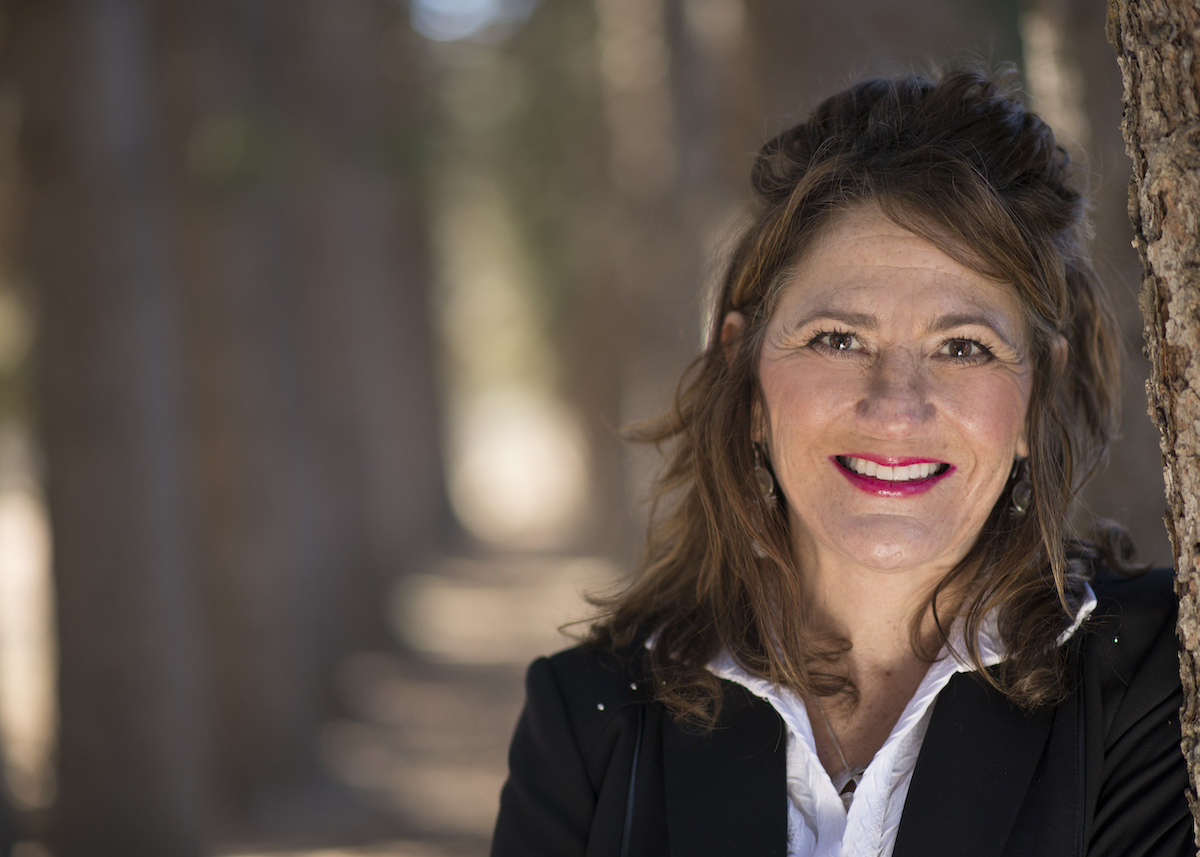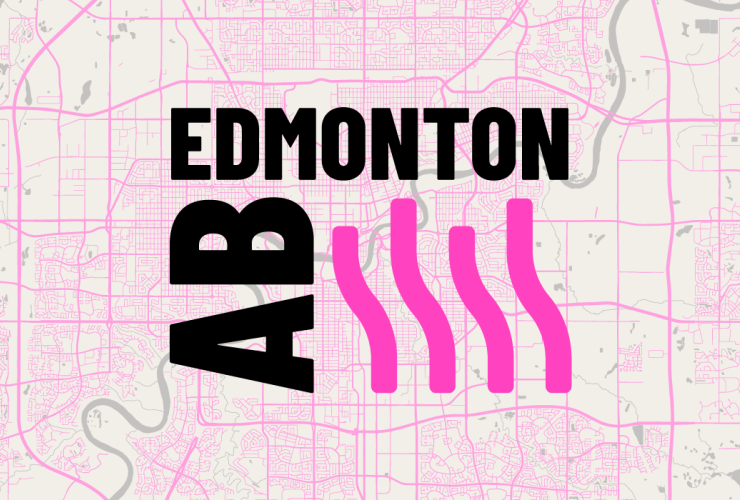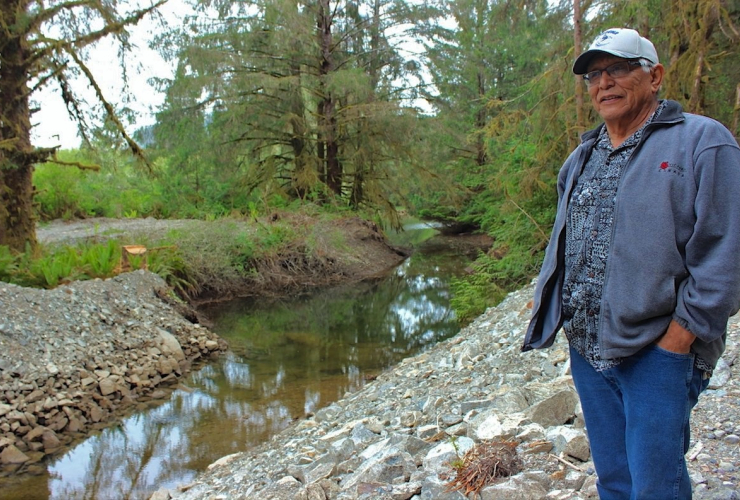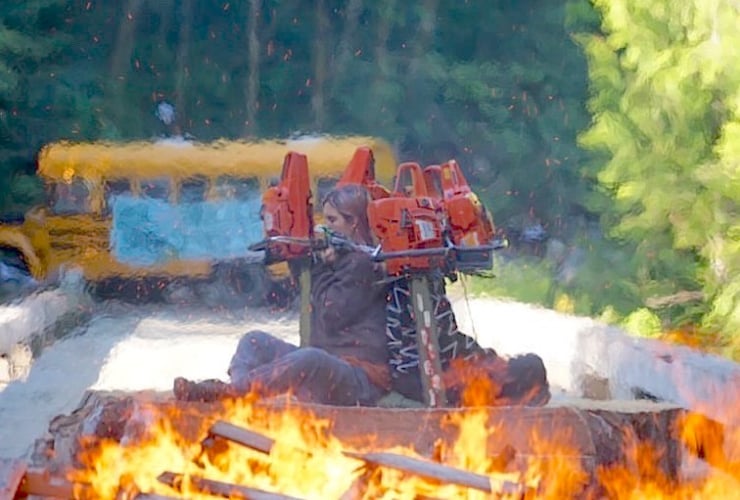First Nations should boycott B.C.’s current consultation process around modernizing the province’s forestry policy, an Indigenous forestry advisory organization recommends.
The short timeline and the nature of the consultation process offered by the province is disingenuous, said Chief Bill Williams, president of the BC First Nations Forestry Council (FNFC).
“We are in a state of emergency due to wildfires, and the province is carrying on with business as usual, trying to ram through major changes to forest policies based on provincial expediency and priorities,” said Williams, known as találsamkin siyám and a hereditary chief of the Squamish Nation, in a statement.
In June, Premier John Horgan and Forestry Minister Katrine Conroy announced plans to modernize forest policy informed by a newly released intentions paper, and stated the next steps would be to consult with First Nations.
However, the intentions paper doesn’t reflect First Nations' priorities as defined in the FNFC forestry strategy, and the time allotted for online comment is ridiculously short, said the council’s CEO Charlene Higgins. First Nations have a short window from July 12 to Sept. 3 to provide input on the province’s intentions paper, she said.
What’s more, the province’s new policy framework was developed with no input or consultations with First Nations, Higgins said.
First Nations, especially smaller ones, don’t have the technical capacity or staff to respond to such a complex and significant issue in the allotted time frame, Higgins said, adding the province should extend the process at least until year’s end.
The process currently doesn’t reflect meaningful consultation as framed by B.C.’s Declaration on the Rights of Indigenous Peoples Act (DRIPA), Higgins said.
“This isn’t meaningful or informed, this is the province just ticking a box.
“These are important technical changes, and nations really need to understand the impact and implications of the new policy,” Higgins said.
The council assists First Nations with analysis, technical support and communications regarding changes to forest policy, legislation and practices, she added.
Reconciliation is a core pillar of B.C.’s new forestry policy, yet the province hasn’t endorsed or committed to implementing FNFC's forest strategy that outlines six priorities identified by First Nations as necessary for them to be full partners in the forestry sector, Higgins said.
Nor is it adequately reflected in the new policy framework, she added.
The FNFC strategy, developed in collaboration with the province and informed by more than a decade of direct input from First Nations through engagement sessions, addresses shared governance, revenue sharing, legislative and tenure reform, stewardship and land use planning, and maximizing nations' involvement in the sector.
Under the umbrella of the First Nations Leadership Council (FNLC), the strategy has also been endorsed by the Union of BC Indian Chiefs, the First Nations Summit and the BC Assembly of First Nations — all of which have called on the Horgan government to do the same.
The FNLC recently requested again for government to rely on the strategy to modernize forest policy in the province. The FNLC also wants the province to provide funding to the forestry council, so it can advocate and support First Nations during the process to increase their role in the sector.
While the province's framework has expressed plans to increase First Nations’ access to forest tenure and the right to harvest timber, it makes little mention of revenue.
The province has shared less than six per cent of stumpage fees collected from forestry with First Nations, Higgins said.
The revenue-sharing model needs to change and provide First Nations with 50 per cent of the stumpage fees collected to better share the economic benefits of forests and resources in their territories, she added.
Minister Conroy was unavailable for comment, but her office said in an email that the government is committed to reconciliation and creating opportunities to increase Indigenous participation in the forest sector.
The guiding principles of the province’s intentions paper were developed after engagement with First Nations and encapsulate the goals of the FNFC forest strategy, the minister’s office said.
“The intentions paper highlights the common interests of both the ministry and First Nations and includes a number of other shared interests, such as the reintroduction of cultural fire and prescribed fire use,” the office said, adding the new policy will share the benefits of forestry more fairly with Indigenous people.
However, the minister’s office did not clarify if it planned to extend the deadline for nations to provide input even though there were 260 active fires burning in the province Tuesday, with 63 communities under evacuation order, and a further 108 on alert — many of them First Nations populations.
The ministry also did not elaborate on why the province has failed to endorse or implement the forest strategy despite taking part in its development in 2018.
Higgins disagreed with the ministry assessment that its new framework captures the spirit of the FNFC forestry strategy.
“The intentions paper dismisses more than a decade of input by First Nations and fails to focus on priority areas those nations have identified,” she said.
“It focuses on their priorities, not nations' priorities. There's a big difference.”
Rochelle Baker / Local Journalism Initiative / Canada's National Observer







Comments